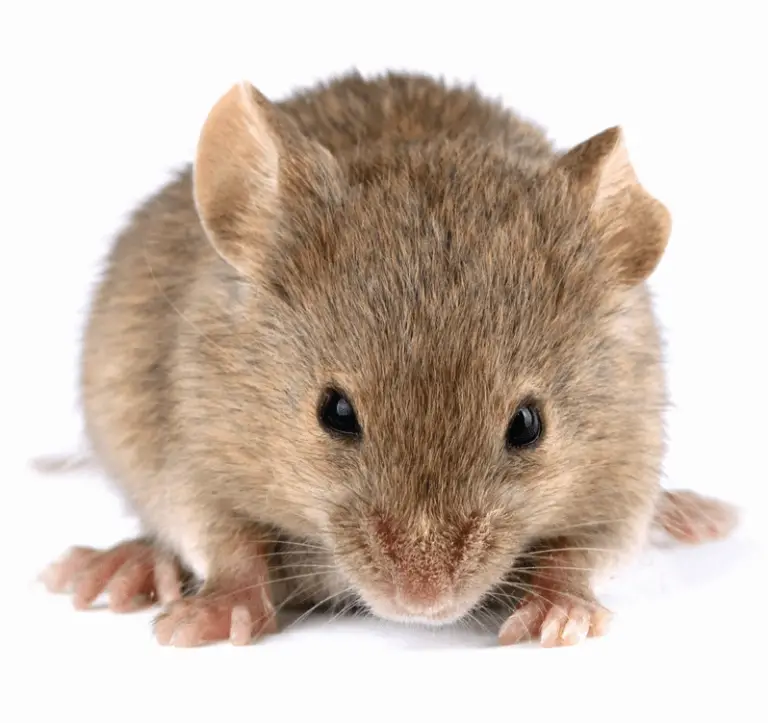Introduction
Hamsters are popular pets known for their small size and adorable appearance. However, there are instances where hamsters may experience bleeding before they die. Understanding the causes behind this phenomenon can help hamster owners recognize the signs and take appropriate action. In this article, we will explore the various reasons why hamsters may bleed before dying and provide insight into how to care for a dying hamster.
Natural Reasons for Hamster Bleeding Before Death
1. Old Age
As hamsters age, they become more prone to various health issues. One common cause of bleeding in older hamsters is the weakening of blood vessels, which can lead to internal bleeding. Additionally, hamsters may experience a decrease in blood clotting abilities, making them more susceptible to bleeding.
2. Tumors
Tumors can develop in various parts of a hamster’s body, including the organs. When tumors grow, they can cause bleeding and discomfort for the hamster. Tumors may rupture blood vessels or simply put pressure on surrounding tissues, leading to bleeding.
3. Bladder Infection/Stone
Bladder infections or the presence of bladder stones can cause irritation and damage to the lining of the bladder. This can lead to bleeding, especially if the infection or stone causes a blockage or obstruction in the urinary tract.
4. Renal Disease
Renal or kidney disease is common in older hamsters. Kidney failure can result in a decrease in urine production and an increase in toxins in the bloodstream. This can lead to bleeding due to the buildup of waste products and the strain on the kidneys.
5. Uterine Disease
Female hamsters can develop various uterine conditions, including infections, tumors, and cysts. These conditions can cause bleeding, especially during the reproductive cycle or when the hamster is in heat.
6. Gastrointestinal Infection
Gastrointestinal infections, such as those caused by bacteria or parasites, can lead to bleeding in a hamster’s digestive system. These infections can irritate the lining of the intestines, leading to bleeding and other digestive issues.
Injuries and External Factors
1. Injuries
Hamsters are active creatures and may injure themselves while playing or exploring their habitat. Wounds or cuts can cause bleeding, especially if they are deep or located on sensitive areas of the body.
2. Trauma
Physical trauma, such as being dropped or squeezed, can cause internal injuries in hamsters. These injuries may result in bleeding, which can be visible or internal.
3. Poisoning
Ingesting toxic substances, such as certain plants or chemicals, can lead to internal bleeding in hamsters. Bleeding may be a symptom of poisoning and should be taken seriously.
What To Do If Your Hamster Is Bleeding?
If you notice that your hamster is bleeding, it is important to take immediate action to ensure their well-being:
- Handle your hamster gently and with care to avoid causing further injury.
- Assess the severity of the bleeding. If the bleeding is minor, you can clean the wound with a mild antiseptic solution and apply a small amount of pressure to stop the bleeding. If the bleeding is severe or does not stop, seek veterinary attention immediately.
- Keep your hamster calm and comfortable. Place them in a quiet and stress-free environment to encourage healing.
Prevention of Hamster Bleeding
While some causes of bleeding in hamsters may not be preventable (such as old age or certain diseases), there are steps you can take to minimize the risk:
- Provide a safe and suitable habitat for your hamster. Ensure that the environment is free from potentially hazardous objects or substances.
- Handle your hamster with care and avoid rough play that could lead to injuries.
- Monitor your hamster’s health regularly and seek veterinary care at the first sign of any abnormalities.
Why Do Hamsters Bleed from their Mouth and Nose?
Bleeding from the mouth and nose in hamsters can be a sign of various health issues, including respiratory infections, nasal tumors, or dental problems. These conditions can cause irritation and damage to the delicate tissues in these areas, resulting in visible bleeding.
Identifying Signs of a Dying Hamster
A. Drastic Change in Behavior
If your hamster suddenly becomes lethargic, loses interest in activities, or shows a significant change in behavior, it may be a sign that they are nearing the end of their life.
B. Loss of Appetite
A decrease in appetite or refusal to eat can indicate underlying health issues or the natural decline of the hamster’s body functions.
C. Gastrointestinal Illnesses
Diarrhea, constipation, or other gastrointestinal problems can be signs that a hamster’s health is deteriorating.
D. Difficulty Breathing
Labored breathing, wheezing, or other respiratory symptoms can indicate respiratory infections or other respiratory diseases in hamsters.
E. Blood in their Discharge
If you observe blood in your hamster’s urine, feces, or vaginal discharge (in females), it could be an indication of an underlying health issue.
F. Unpleasant Smell
A foul odor emanating from your hamster could point to infections, necrotic tissue, or other serious health conditions.
Understanding Hamster Lifespan
The lifespan of a hamster varies depending on the species. On average, hamsters live between 2-3 years, although some species, such as the Roborovski hamster, can live up to 4 years.
Possible Causes of Sudden Hamster Death
Sudden hamster death can occur due to various reasons, including heart failure, stroke, organ failure, or severe infections. Sometimes, the cause of death may only be determined through a veterinary examination or post-mortem analysis.
How to Care for a Dying Hamster
A. Keeping Your Hamster Comfortable
Provide a calm and quiet environment for your dying hamster. Ensure they have access to food, water, and a warm, cozy place to rest.
B. Allowing Your Hamster to Rest
Avoid handling your dying hamster excessively, as this can cause stress. Let them rest and conserve their energy during this challenging time.
C. Maintaining a Clean Cage
Regularly clean your hamster’s cage to maintain proper hygiene and prevent any further health complications.
D. Ensuring Proper Warmth
Keep your hamster’s environment warm, as hamsters can become more sensitive to temperature changes during their final stages of life.
E. Assisting with Eating
If your hamster is having trouble eating, you can offer soft, easily digestible foods or assist them in consuming their regular food by hand-feeding or providing a syringe.
F. Considering Euthanization
If your hamster’s condition is deteriorating rapidly or they are experiencing significant pain and suffering, it may be necessary to consider humane euthanization. Consult with a veterinarian to discuss the best course of action.
Determining if Your Hamster is Dead
When a hamster passes away, there are several signs to look out for to confirm their death, including:
- No breathing or movement
- Cold body temperature
- Stiff limbs
- Lack of response to stimuli
How to Save a Dying Hamster?
While it may not always be possible to save a dying hamster, there are steps you can take to provide comfort and support during their final moments:
- Keep the hamster warm and in a quiet environment
- Offer food and water, but do not force-feed
- Provide gentle and comforting interactions
- Consult with a veterinarian for guidance on supportive care
Why Do Hamsters Bleed Before They Die: Summary and Conclusion
Bleeding in hamsters before they die can occur due to various natural causes, such as old age, tumors, bladder infections, renal disease, uterine disease, and gastrointestinal infections. Injuries and external factors, including trauma and poisoning, can also lead to bleeding in hamsters. It is essential for hamster owners to be vigilant and seek veterinary care if they notice any signs of bleeding or other health concerns. Providing appropriate care and support can help ensure the comfort and well-being of a dying hamster. Understanding the lifespan and possible causes of hamster death can also aid in managing their overall health. Remember to consult with a veterinarian for guidance and advice tailored to your specific situation.
FAQs
Q: Can hamsters survive heavy bleeding?
A: The ability of a hamster to survive heavy bleeding depends on various factors, including the cause of the bleeding, the location of the bleeding, and the overall health of the hamster. It is crucial to seek veterinary attention promptly for assessment and appropriate treatment.
Q: Is hamster bleeding always a sign of a severe health issue?
A: Hamster bleeding can be a sign of a severe health issue, but it can also be the result of minor injuries or manageable conditions. It is essential to observe the overall health and behavior of the hamster and consult with a veterinarian to determine the underlying cause of the bleeding.
Q: How long do hamsters bleed before they die?
A: The duration of bleeding in hamsters before death can vary depending on the specific cause and the overall health of the hamster. Some conditions may result in ongoing or intermittent bleeding, while others may progress rapidly. It is important to seek veterinary care for proper diagnosis and guidance.





